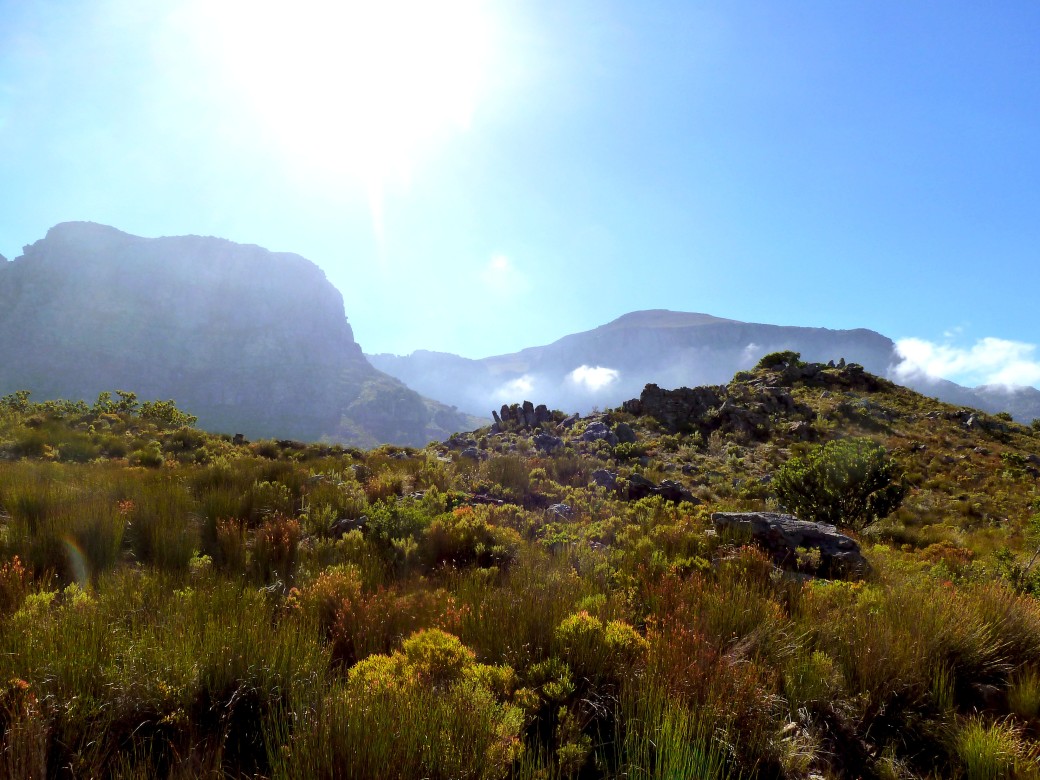Have you ever wondered why – evolutionary speaking – the mediterranean floras of the world are so species-rich (e.g. the Cape of South Africa and Western Australia)? And why species look so similar in these systems (small, fibrous leaves adapted to deal with drought and low nutrient soils)?
We (Peter Linder and I) may give you a clue in a recently published study: “Beyond climate: convergence in fast evolving sclerophylls in Cape and Australian Rhamnaceae predates the mediterranean climate” in Journal of Ecology.
Although the very similar climatic conditions among mediterranean-type ecosystems were previously thought to drive this patterns of morphological ‘convergence’, it may not be the only important factor. Furthermore, it seems that these typical morphological characteristics of the plants (i.e. sclerophyllous leaves) may also have influenced their evolutionary fate: well-adapted leaves may reduce your chance to go extinct. Some groups of plants may therefore have evolved a whole bunch of species – all with similar functional traits – and so contributed to the extraordinary species diversity in these mediterranean-type ecosystems.

Mediterranean-type ecosystem in the Cape of South Africa